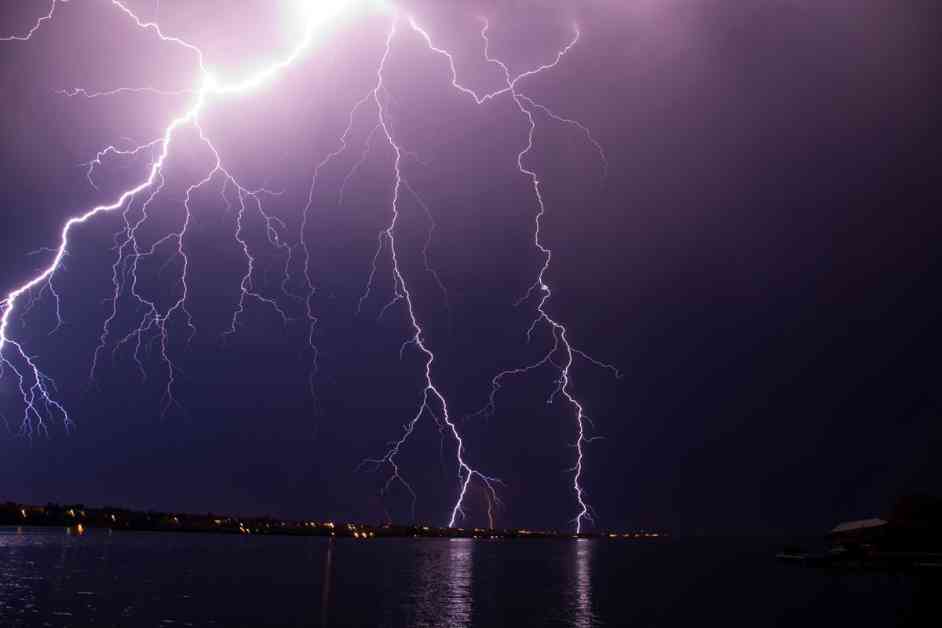Observations from a retrofitted spy plane hint at a connection between powerful gamma-ray flashes and a thunderstorm’s lightning. Lightning never strikes the same place twice, but in the case of an enormous tropical lightning storm filled with thunderbolts, this saying does not hold true. Recent studies have found that some storms emit bursts of gamma rays, which are high-energy light typically associated with astrophysical events like exploding stars and black holes. These gamma-ray emissions occur in mysterious patterns, resembling split-second flickers that seem to trigger ordinary lightning discharges.
The physics behind the production of gamma rays in thunderstorms is relatively well-understood. Swirling windblown water droplets and ice crystals within a storm build up an electric charge, generating a powerful electric field that can accelerate electrons to nearly the speed of light, resulting in the production of gamma rays. Researchers have identified two forms of thunderstorm gamma-ray emissions: long-lived “glows” lasting hundreds of seconds and intense microsecond-scale bursts known as terrestrial gamma-ray flashes (TGFs).
To gain a clearer understanding of thunderstorm gamma-ray emissions, a team of atmospheric physicists conducted 10 flights over the Caribbean and Central America in a NASA-owned modified U-2 spy plane. The observations from these flights revealed that gamma-ray emissions were more abundant than previously predicted. Most of the TGFs were dim and went unnoticed by Earth-observing satellites, while the glows were observed to bubble up in surges of radiation across wide regions within the storms. Additionally, researchers discovered new phenomena termed flickering gamma-ray flashes (FGFs), short-lived pulses of emission that were followed by intense lightning.
These findings suggest that the electron avalanches responsible for the high-energy events within thunderstorms may play a role in limiting the storm’s large-scale electric fields and spurring lightning production. The researchers propose that thunderstorms generate ionizing radiation that partially discharges in some regions, causing electric fields to increase in other parts of the storm, potentially leading to lightning initiation.
The results of the airborne surveillance mission, known as ALOFT, paint a more nuanced picture of thunderstorm behavior and raise new questions that warrant further investigation. Future flight campaigns could explore storm emissions in different regions, such as higher latitudes and other major tropical lightning hot spots in Central Africa and Southeast Asia. The hypothesis that a glowing thundercloud might be a prerequisite for lightning initiation is an intriguing avenue for future research in the field of atmospheric science.










